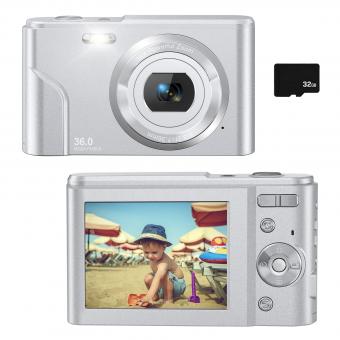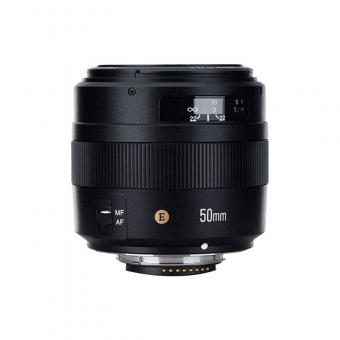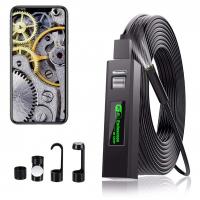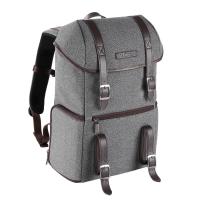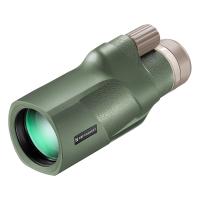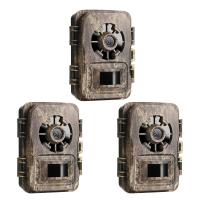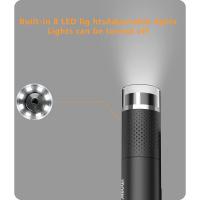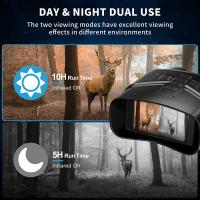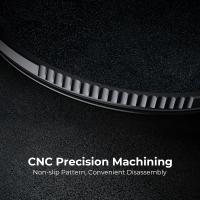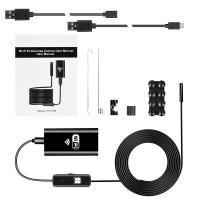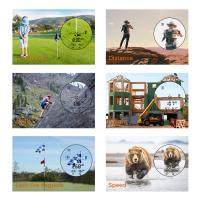What Digital Camera Should I Get ?
The best digital camera for you depends on your specific needs and preferences. Some popular options include the Canon EOS Rebel series, Nikon D3500, Sony Alpha a6000, and Fujifilm X-T30. Consider factors such as your budget, desired features (e.g., resolution, zoom range, low-light performance), intended use (e.g., travel, portraits, sports), and level of photography experience. It may be helpful to read reviews, compare specifications, and try out different models in person before making a decision.
1、 Sensor size and resolution in digital cameras
Sensor size and resolution are two important factors to consider when choosing a digital camera. The sensor size determines the amount of light the camera can capture, while resolution determines the level of detail in the resulting image.
When it comes to sensor size, larger sensors generally perform better in low light conditions and produce images with less noise. Full-frame sensors, found in professional-grade cameras, offer the largest sensor size and are ideal for capturing high-quality images in various lighting situations. However, they come at a higher cost.
For most enthusiasts and beginners, cameras with APS-C or Micro Four Thirds sensors are more affordable options that still deliver excellent image quality. These sensors strike a balance between performance and cost, making them popular choices among photographers.
Resolution, measured in megapixels, determines the level of detail in an image. Higher resolution cameras can capture more detail, which is beneficial for large prints or cropping images without losing quality. However, it's important to note that resolution alone does not guarantee better image quality. Other factors such as lens quality, image processing, and sensor technology also play a significant role.
In recent years, camera manufacturers have focused less on increasing resolution and more on improving sensor technology and image processing capabilities. This shift has resulted in cameras with lower resolution but better overall image quality, especially in low light conditions.
Ultimately, the choice of camera depends on your specific needs and budget. Consider factors such as the type of photography you plan to pursue, your skill level, and the amount of money you are willing to invest. Researching and comparing different camera models, reading reviews, and seeking advice from experienced photographers can help you make an informed decision.
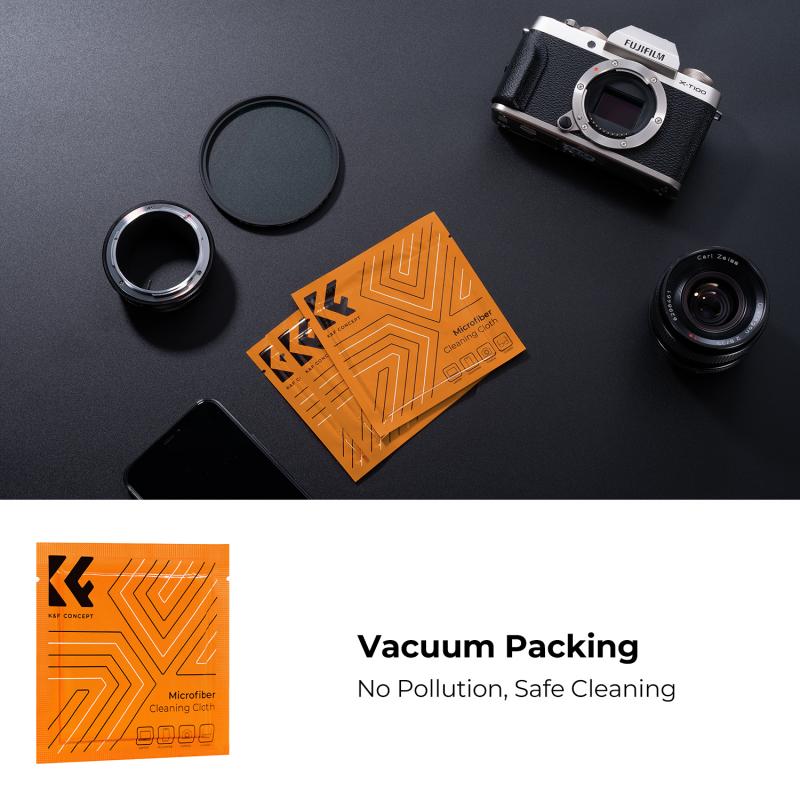
2、 Lens options and focal length in digital cameras
Lens options and focal length in digital cameras play a crucial role in determining the quality and versatility of your photographs. When it comes to choosing the right lens, it depends on your specific needs and preferences as a photographer.
If you are a beginner or looking for an all-purpose lens, a zoom lens with a focal length range of around 18-55mm is a good starting point. This type of lens allows you to capture a wide range of subjects, from landscapes to portraits, without the need to switch lenses frequently. Additionally, many camera kits come with a standard zoom lens in this range.
For those interested in landscape or architectural photography, a wide-angle lens with a focal length of around 10-24mm can help capture expansive scenes with a greater field of view. On the other hand, if you are more inclined towards wildlife or sports photography, a telephoto lens with a focal length of 70-200mm or higher will allow you to zoom in on distant subjects and capture them in detail.
Prime lenses with fixed focal lengths are also popular among photographers due to their superior image quality and wider aperture options. They are available in various focal lengths, such as 35mm, 50mm, or 85mm, and are ideal for low-light conditions or achieving a specific artistic effect.
It's worth noting that lens options and focal lengths can vary depending on the camera brand and model. Therefore, it is essential to research and consider the lens compatibility with your specific camera before making a purchase.
As for the latest point of view, lens technology continues to advance, with manufacturers introducing new features such as image stabilization, faster autofocus, and improved optical quality. Additionally, mirrorless cameras have gained popularity in recent years, offering smaller and lighter lenses without compromising image quality.
In conclusion, the choice of lens and focal length depends on your photography style and preferences. Consider your shooting needs, budget, and camera compatibility to make an informed decision. It's always recommended to try out different lenses before investing in one to ensure it meets your requirements.
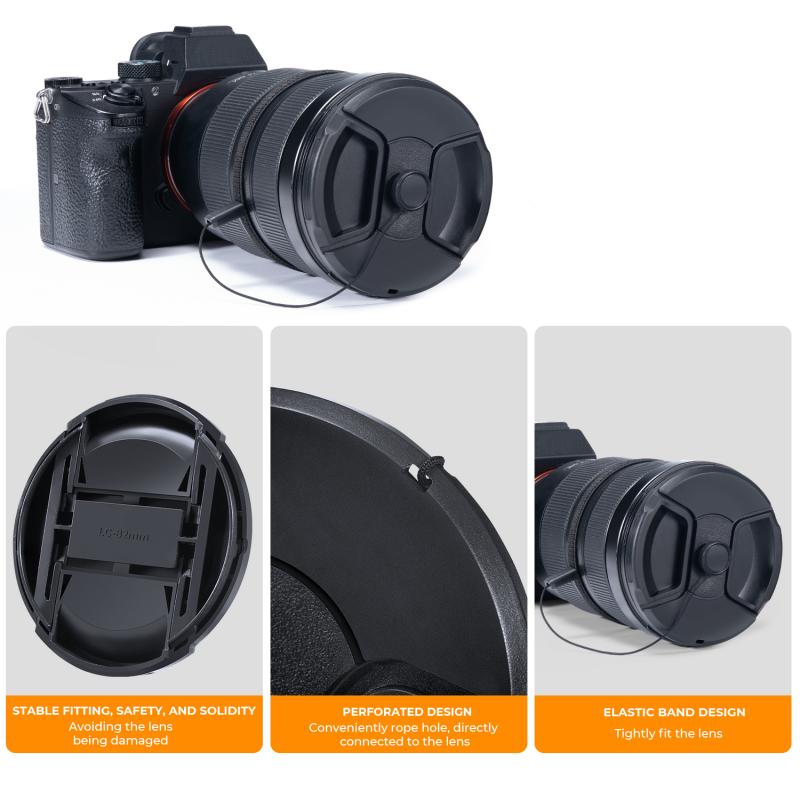
3、 Image stabilization and low-light performance in digital cameras
When it comes to choosing a digital camera, two important factors to consider are image stabilization and low-light performance. These features can greatly enhance the quality of your photographs, especially in challenging shooting conditions.
Image stabilization technology helps to reduce camera shake, resulting in sharper and clearer images. This is particularly useful when shooting handheld or in situations where a tripod is not feasible. Optical image stabilization (OIS) is a common feature found in many digital cameras, which compensates for movement by physically adjusting the lens elements. Some cameras also offer electronic image stabilization (EIS), which uses software algorithms to reduce blur. The latest advancements in image stabilization technology have made it even more effective, allowing for smoother video recording and better low-light performance.
Speaking of low-light performance, this is an essential aspect to consider if you often find yourself shooting in dimly lit environments or at night. A camera with good low-light performance will be able to capture more detail and produce less noise in such conditions. Look for cameras with larger image sensors, as they tend to perform better in low light. Additionally, cameras with wider aperture lenses allow more light to enter the camera, resulting in brighter and clearer images.
In terms of the latest point of view, technology in image stabilization and low-light performance continues to evolve. Many cameras now offer advanced features such as in-body image stabilization (IBIS), which stabilizes the image sensor itself rather than the lens. This can be particularly beneficial when using older lenses or shooting with longer focal lengths. Additionally, some cameras now incorporate artificial intelligence (AI) algorithms to further enhance low-light performance by reducing noise and improving image quality.
Ultimately, the best digital camera for you will depend on your specific needs and budget. It is recommended to research and compare different models, read reviews, and even try out cameras in person to determine which one offers the best image stabilization and low-light performance for your photography style.
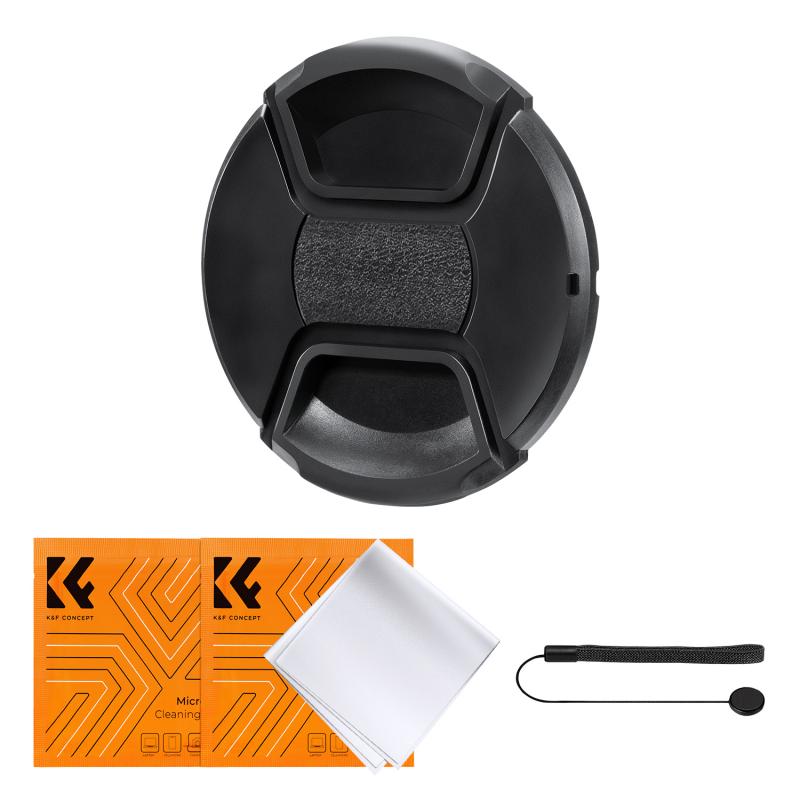
4、 Autofocus system and speed in digital cameras
The question of what digital camera to get is a common one, and the answer depends on various factors such as your budget, photography needs, and personal preferences. However, one crucial aspect to consider when choosing a digital camera is the autofocus system and speed.
Autofocus technology has come a long way in recent years, with advancements in both accuracy and speed. When it comes to speed, the latest digital cameras are equipped with advanced autofocus systems that can lock onto subjects quickly and accurately. This is particularly important for capturing fast-moving subjects, such as sports or wildlife photography. The ability to focus swiftly ensures that you don't miss crucial moments and helps in capturing sharp, in-focus images.
In terms of autofocus accuracy, many cameras now utilize advanced algorithms and multiple focus points to track and focus on subjects with precision. This is especially useful in situations where the subject is not in the center of the frame or when shooting in low-light conditions. Some cameras even offer eye-tracking autofocus, which can detect and focus on a subject's eyes, resulting in stunning portraits with sharp focus on the subject's face.
It's worth noting that different camera brands and models may have varying autofocus capabilities. It's always a good idea to research and read reviews to get an understanding of how well a particular camera's autofocus system performs.
In conclusion, when considering what digital camera to get, paying attention to the autofocus system and speed is crucial. The latest advancements in autofocus technology have significantly improved the speed and accuracy of digital cameras, allowing photographers to capture fast-moving subjects with precision.











